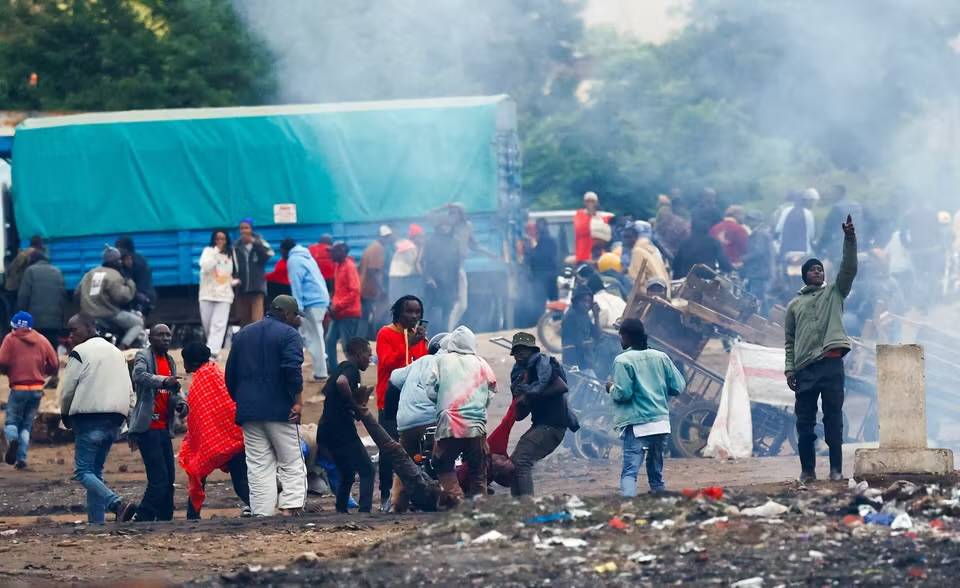 Denied fair elections, Tanzanians make their mark through protests
Denied fair elections, Tanzanians make their mark through protests
Protests show that citizen-led power, if sustained, could pressure governments to implement meaningful and sustainable reforms.
On 1 November, incumbent Samia Suluhu Hassan was declared the winner of the Tanzanian elections with 98% of the vote. Such wide margins have come to be associated with authoritarian and competitive authoritarian regimes in Africa, such as in Rwanda and Equatorial Guinea.
The reaction from election observers and the international community was mixed. The African Union expressed concernabout the loss of life but congratulated the president. United Nations Secretary-General António Guterres called for restraint and investigations into post-election violence – a sentiment shared by the European Union.
A joint statement by Canada, the United Kingdom, and Norway acknowledged reports of many fatalities following the elections. The Southern African Development Community (SADC), of which Tanzania is a member, was concerned that its observer teams reported incidents of violence and police firing weapons. The Mo Ibrahim Foundation criticised the constrained environment in which the polls were held.
The elections occurred in a context where the main opposition leaders were jailed and disqualified. With a constrained political space, restricted media, and the arrest and abduction of critics, a landslide victory was predictedfor the ruling party Chama Cha Mapinduzi. However, the widespread protests that followed were unprecedented in a country that had experienced relative stability in an often-turbulent region.
Protests occurred in various locations, including the commercial capital, Dar es Salaam, as well as Arusha, Mbeya and Mwanza. The uprising is a culmination of years of frustration, anger and grievances among Tanzanians over issues related to electoral injustices and state repression.
With major opposition parties and political figures such as Chama Cha Demokrasia na Maendeleo (CHADEMA) Chairperson Tundu Lissu and Deputy Chair John Heche absent, the protests by ordinary citizens reflected widespread anger at the election process. Lissu is facing treason charges; Heche was arrested and detained before the polls.
Although there was significant online mobilisation on 29 October, election day, the spontaneity and reach of the uprisings were unexpected. They began early and gained momentum in subsequent days. As the protests persisted, widespread killings of demonstrators were reported in the midst of an internet shutdown and local media blackout. Various reports, as well as SADC’s preliminary statement on the elections, say police fired at demonstrators.
The main message from protesters, largely the youth, is concern over electoral injustices, increased authoritarianism, and governance issues such as corruption and the capture of state institutions. This resonates with recent youth-led protests in Cameroon, Madagascar, Morocco and Kenya. These demonstrations show the growing agency of young people in driving socioeconomic and political discourse.
About 65% of Africa’s population is under 35 – a demographic profile that is reshaping political discourse in many countries. Figures show that around 77% of Tanzania’s population is under 35, and over half is below 18. As in many African countries, these young people are educated, but often face limited opportunities in the formal economy. Among the youth especially, high living costs have increased anger.
Since Tanzania’s return to multiparty politics in 1992, the number of registered voters has risen from 8.9 million in 1995 to 37.6 million in 2025. Despite this increase, especially among first-time voters, their options have remained largely unchanged, amid increased state repression of opposition parties and a decline in democracy.


